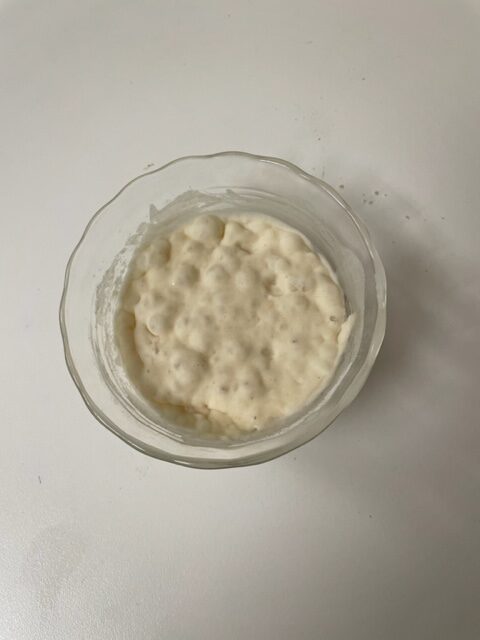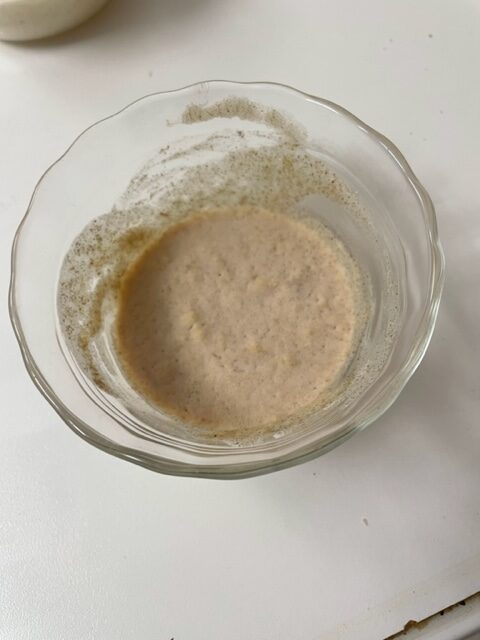Home › Forums › Baking — Breads and Rolls › Adventures in Micro-Starters
- This topic has 1 reply, 1 voice, and was last updated 2 years, 1 month ago by
Mike Nolan.
-
AuthorPosts
-
September 8, 2023 at 9:59 am #40294
Jeffrey Hamelman had a post on the BBGA Forums a while back in which he talked about his rye starter, one he brought with him to King Arthur years ago and is continuing to maintain now that he has retired and is no longer baking large quantities of breads on a daily basis.
He says he keeps it at about 15 grams total after each daily feeding between baking sessions, building it up for a couple of days if he needs more starter for the recipe he's getting ready to make.
I thought this sounded like an interesting idea, because the idea of throwing out half when feeding a starter with 3-4 ounces or more of flour once or twice a day has always struck me as wasteful. (And that's not how commercial bakers handle starters anyway, they feed then pull what they need for the day's production.)
So I started a new rye sour starter a few weeks ago; they're pretty easy to get started. And once I was starting to get into the routine of working with it at least once a day, I started a wheat starter. The rye starter started smelling right after less than a week, the wheat starter has taken nearly 3 weeks to start to look like it is developing a stable and active microculture community, but I think it's getting there.
I've maintaining the rye starter at about 150-200% hydration with daily feedings of 5 grams of starter, 5 grams of medium rye flour and around 8-10 grams of water, anything less than that and it looks almost dry in 24 hours. I had the wheat starter at the same ratio for about 10 days and it was pretty soupy, but have been moving it towards 100% hydration, doing a full feeding with 15 grams of starter, 15 grams of flour and 15 grams of water once a day and a partial feeding adding 10 grams of flour and 10 grams of water in the evening.
I'll post some pictures in the next update and I hope to start baking with them in another week, including some rye recipes from the Ginsberg book, probably a couple I'm familiar with before launching into new recipes. Like Jeffrey, I'll build a starter up so that when I do bake I feed that starter, wait an hour, then remove what I need for that day's bake, returning to a 15-20 gram base for the rye starter and a 45 gram base for the wheat starter.
These starters are not being refrigerated at all.
If my wife still has trouble with sourdough breads from the wheat starter, I'll try the Chad Robertson approach next, inoculating a levain with just 5% starter.
September 10, 2023 at 1:39 pm #40318Here's what the two starters look like before their daily/morning feed a day or two ago.
This is the wheat starter:
This is the rye starter, it doesn't bubble as much, but that appears to be true of rye starters in general:
Attachments:
You must be logged in to view attached files. -
AuthorPosts
- You must be logged in to reply to this topic.


